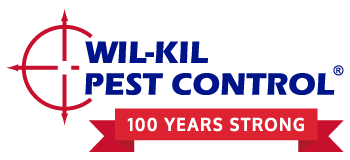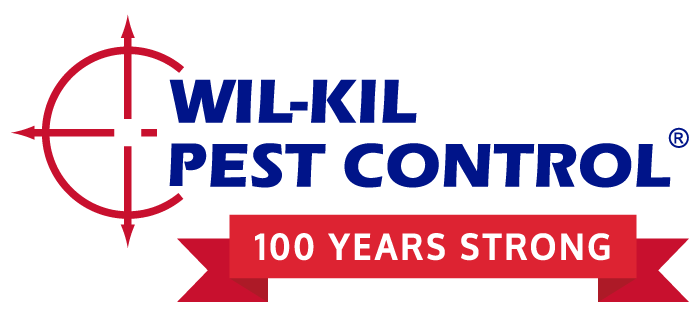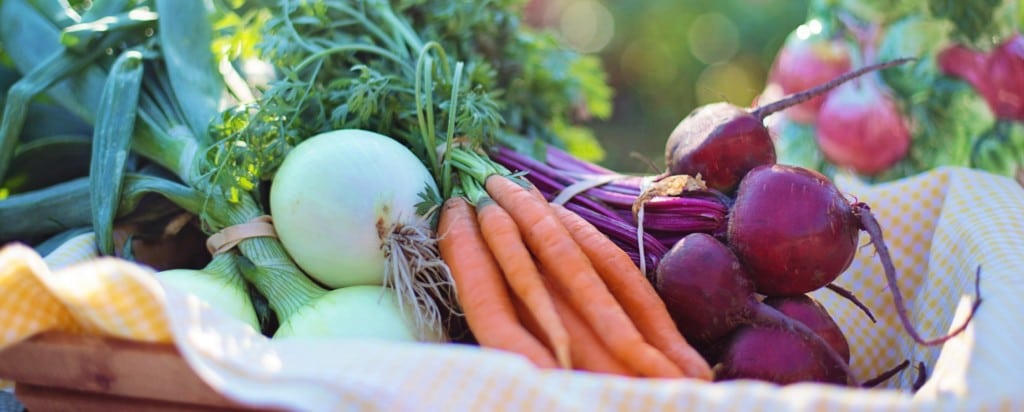September is recognized as National Food Safety Month, and it reminds people in the food industries to be conscious of the health risks that can occur from things like poor sanitation, improper training, etc. For business owners, food safety considerations should remain top of mind. Pests can contribute to failed audits on the production side, and failed health inspections on the point of sale side. More importantly, they are responsible for some major health hazards that put your brand at risk.
Get A Free Quote
To keep our customers aware of the risks of poor food safety practices and to provide more information on why we do what we do, we’ve answered some frequently asked questions about pests and food safety.
Why are pests attracted to food facilities?
If you are in the food industry, this one is probably cut and dry. The short answer, is because food facilities do what they do – produce, hold or sell food! Pests are basic creatures, but they have something in common with us – they need food, shelter and water to survive. Food facilities provide an abundance of all of these, so pests are attracted to them. Food production facilities are also frequently found in remote areas, where structural “pests” as we know them, live naturally. It’s much easier for pests such as mice and flies to walk into your building and help themselves than it is for them to hunt on their own.
What are the most common “food” pests?
The primary pests that target food industries are flies, cockroaches, rodents, ants, birds and stored product pests. Each of these categories contain numerous species, and all pose a unique threat. For instance, flies could be anything from fruit flies or drain flies, to house flies. Each requires different treatment, and typically a commercial pest control specialist will need to help identify what potential pest threats you are facing. A pest professional will also help you identify areas that pests are more likely to enter your facility in the first place, and how you can prevent them from doing so.
Why are pests a food safety hazard?
Pests are a food safety hazard because of the toxins, microorganisms and allergens they spread. Pests easily pick these up from the dirty places they lurk, such as garbage bins, sewers and even fecal matter. Food may be contaminated by direct contact between the pest and food source, or through the contamination of surfaces food comes in contact with. This makes it pretty easy for bacteria to spread, and this is why sanitation is so critical in the food industries.
It is important to note that pest risks don’t just apply to health and food contamination, but also to the cost of repairing damaged equipment caused by pests, the disruption of workflow, or lost revenue following an outbreak.
Why is pest control crucial to food safety?
Throughout their lives, pests have varying food preferences and habits. An experienced pest technician understands pests’ biology and behavior and will be able to identify what pest you are dealing with, how much of a risk they are at any given stage, and best method of treatment.
Wil-Kil uses an IPM (Integrated Pest Management) approach to pest control, which is the leading method of controlling pests in the commercial sector. IPM emphasizes long-term prevention through biological controls, pest exclusion, social controls, and habitat modification to reduce the likelihood of developing a pest problem in the first place. It also minimizes the risk to people and the environment by saving more traditional methods of pest control as a last resort.
Wil-Kil offers specialized treatment for both food processing, food service, and food retail. Or, you can contact us for more information!


